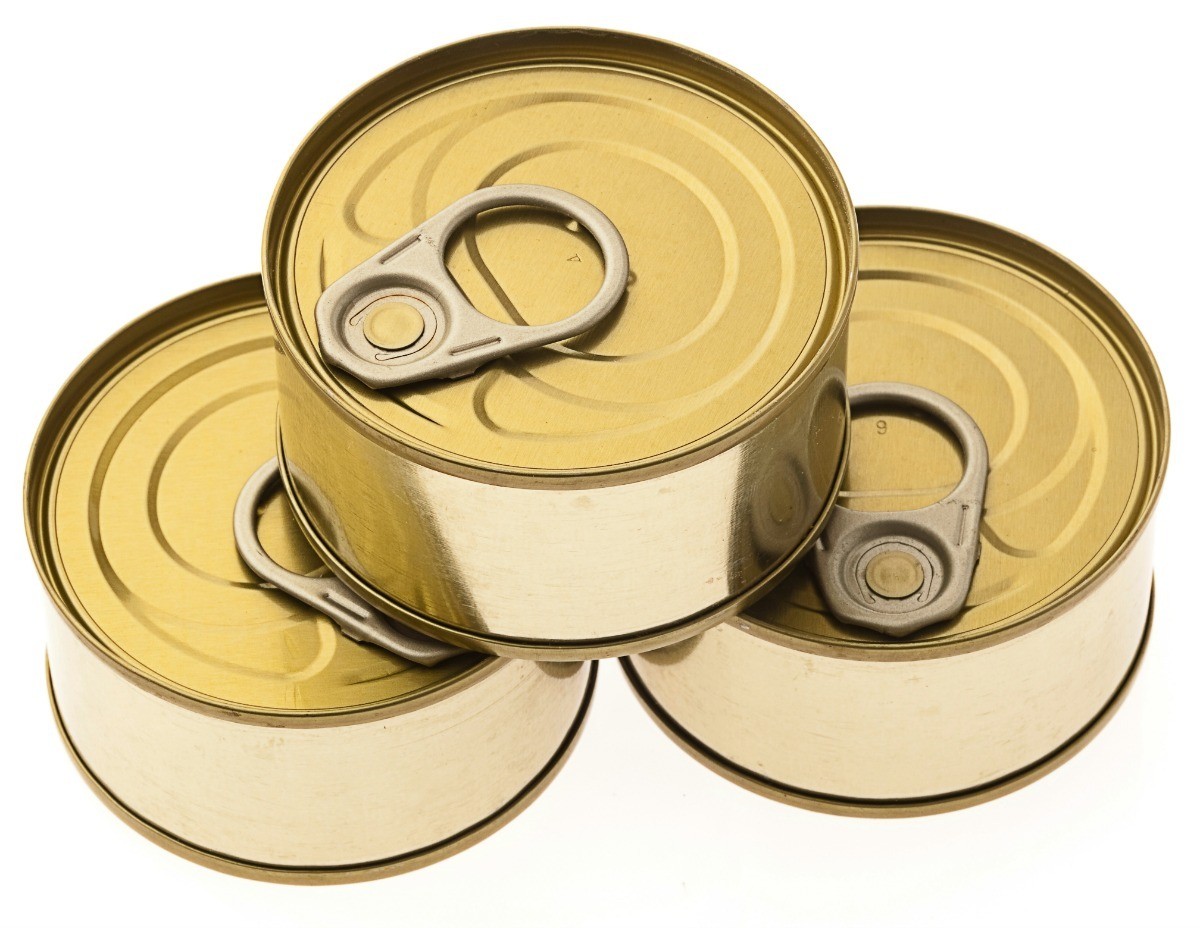
The International Commission for the Conservation of Atlantic Tunas (ICCAT) is the global management body that oversees the conservation and management of Atlantic highly migratory species, including tunas, swordfish, marlin and sharks.

Tuna quotas, mako shark closures, and other hot button issues related to offshore species like bluefin are not relegated exclusively to NOAA Fisheries decisions. As a reminder, those holding either an HMS Angling Permit or HMS Charter/Headboat Permit must also report all bluefin tuna, swordfish, and billfish landings within 24 hours of returning from a trip that’s so that NOAA Fisheries can closely monitor quotas shared by both commercial and recreational fishermen. The cost for Atlantic HMS Charter/Headboat permit is also $26. The trophy category is a “subquota” of that total, which also includes school fish (27 to less than 47 inches) and large school or small medium (47 to less than 73 inches) bluefin.Īnglers who wish to participate in the HMS fishery for tuna, billfish, and sharks are required to purchase an Atlantic HMS Angling (Recreational) permit at $26 that covers your boat and all anglers who fish onboard. overall bluefin tuna quota from 1,247.86 mt to 1,316.14 mt, the level recommended by the International Commission for the Conservation of Atlantic Tunas (ICCAT). Quotas are therefore tracked in a more reactive and immediate fashion to tabulate those catches on a poundage basis.Īnd when the recreational bluefin tuna fishery reopens this month in The Fisherman’s readership area, HMS Permit holders will be met with an increase in the baseline annual U.S. Unlike other inshore species monitored via random dockside interviews and household sampling (Marine Recreational Information Program, or MRIP), highly migratory species (HMS) like bluefin are more strictly monitored by NOAA Fisheries through mandatory catch reports by HMS Permit holders. Keep in mind that 1.8 mt converts to a little over 3,968 pounds, roughly eight 500-pound giants. However, the angling category for school, large school, or small medium bluefin tuna remained open afterwards. In fact in 2021 that subquota was 1.8 metric tons (mt) and was filled by by May 11.

The angling category northern area “trophy” (73 inches or greater) subquota is reached rather quickly. Between those first registered catches and the very next weekly edition of The Fisherman, that “trophy” fishery quota will undoubtedly be filled, and the report from NOAA Fisheries of the trophy closure will have Atlantic Coast anglers instantly worried. Sometime this month, the first reports of giant bluefin will come from somewhere along the Jersey Shore into NY Bight nearshore waters. Photo by Fabian ColonnaĪ quick reminder about bluefin basics for another epic season of tuna fishing. After the initial burst of “giants” in the NY Bight this month, action should kick in soon after on school, large school, or small medium bluefin tuna.


 0 kommentar(er)
0 kommentar(er)
